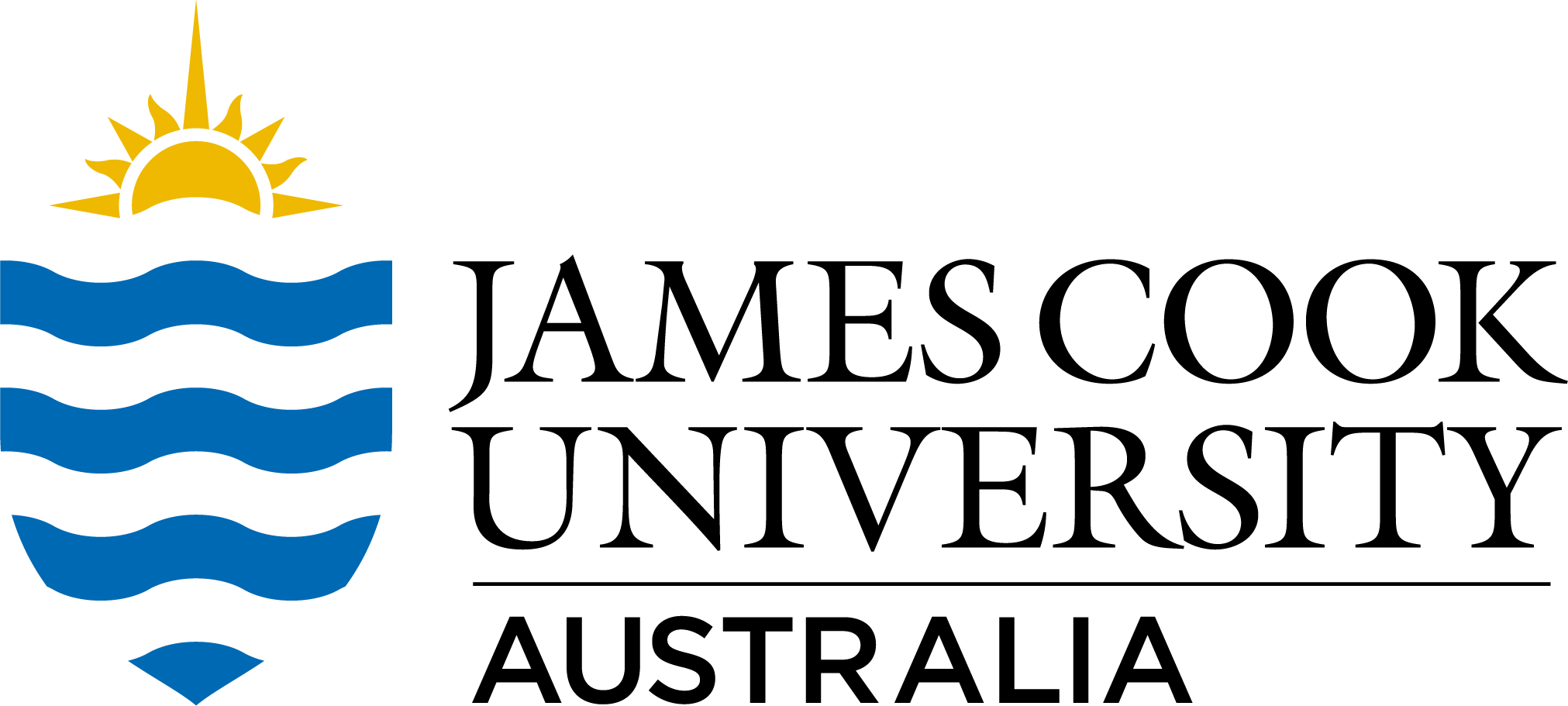Brief description
This dataset is the time-space distribution of IOCG deposits and a descriptive geologic framework covering the larger and best studied deposits.
Full description
IOCG deposits are the products of fault and/or shear zone-controlled distal magmatic hydrothermal systems, some of which incorporated significant amounts of nonmagmatic fluids. If magmas made a major contribution to the deposits, there are important questions to be addressed regarding tectonic setting and petrochemical specialization leading to the generation of an Fe-Cu–rich fluid, as well as fluid evolution under the deep-seated conditions implied for deposits such as those in the Cloncurry district. This implies that the fundamental control on global IOCG distributions may relate to the specifics of magma generation in the lower crust or upper mantle. Alternately, if salts are primarily derived from basinal fluids, evaporites, or metamorphism, and the metals from leaching of rocks along the flow path or at the source (Table 1), then the implication is that prospectivity would relate to the specific paleogeographic environment or stratigraphic succession, as well as to the thermal and permeability history of the host rocks around the deposits. In both cases, a sulfur source is required for precipitation of Cu, and this may be the critical factor for economic productivity, regardless of the source of fluids and metals. Whether or not fluid mixing or multiple sources might be the defining hallmarks of IOCG deposits remains to be demonstrated. However, recognition of proximity to likely causative intrusions, and the roles of fluid mixing versus wallrock reaction and cooling, may ultimately permit discrimination of different deposit types within this broader class and a more focused exploration and research understanding.
Notes
Dataset consists of a map of the location of the principal IOCG deposits globally. Format of dataset is pdf.
Created: 2012-06-26
Data time period: 2004 to 2005
User Contributed Tags
Login to tag this record with meaningful keywords to make it easier to discover
- Local : researchdata.jcu.edu.au//published/c75cccddfc3ce1df014024be7d7fb286
- Local : jcu.edu.au/tdh/collection/c73ee605-d1cb-4261-983f-6bc4acbaca49
- Local : e320ab819125bcb2c3a2eb88e2996d75


